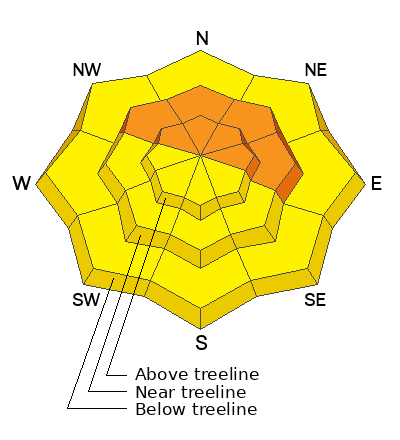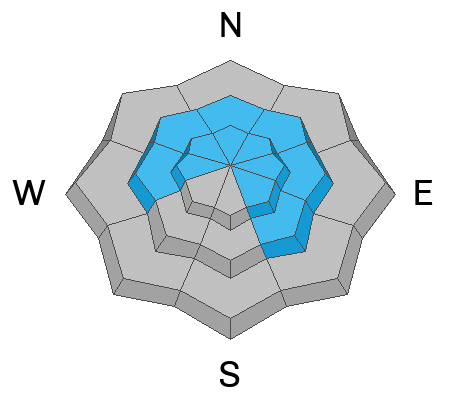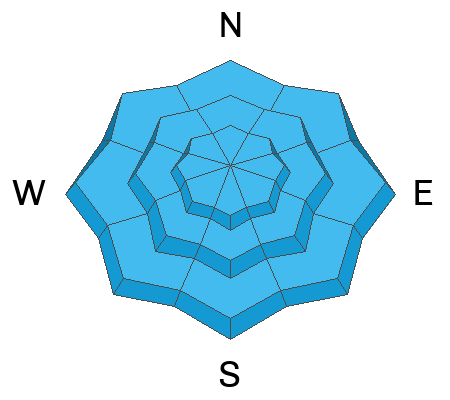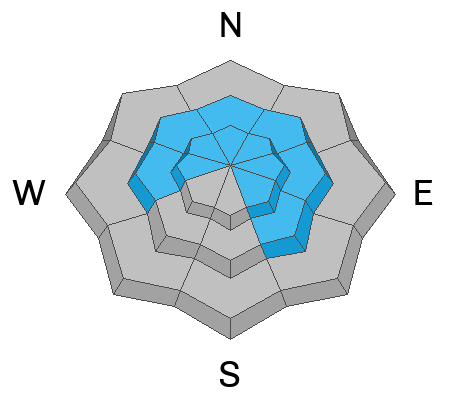Forecast for the Moab Area Mountains

Issued by Eric Trenbeath on
Monday morning, January 16, 2023
Monday morning, January 16, 2023
The avalanche danger is CONSIDERABLE on steep slopes near treeline and above that face NW-N-NE-E and human triggered avalanches involving recent and wind drifted snow are likely. In isolated areas, avalanches triggered in the new snow could step down to the buried persistent weak layer causing a deeper and more dangerous avalanche.
A MODERATE danger exists on all other aspects and elevations, and human triggered avalanches involving new and wind drifted snow are possible.
Travel advice: Avoid slopes steeper than 30 degrees that have recent deposits of wind drifted snow or that show signs of instability such as cracking in the snow surface. Utilize test slopes to see how the new snow is behaving before committing to steeper terrain. Avoid all, steep, northerly aspects.

Low
Moderate
Considerable
High
Extreme
Learn how to read the forecast here












